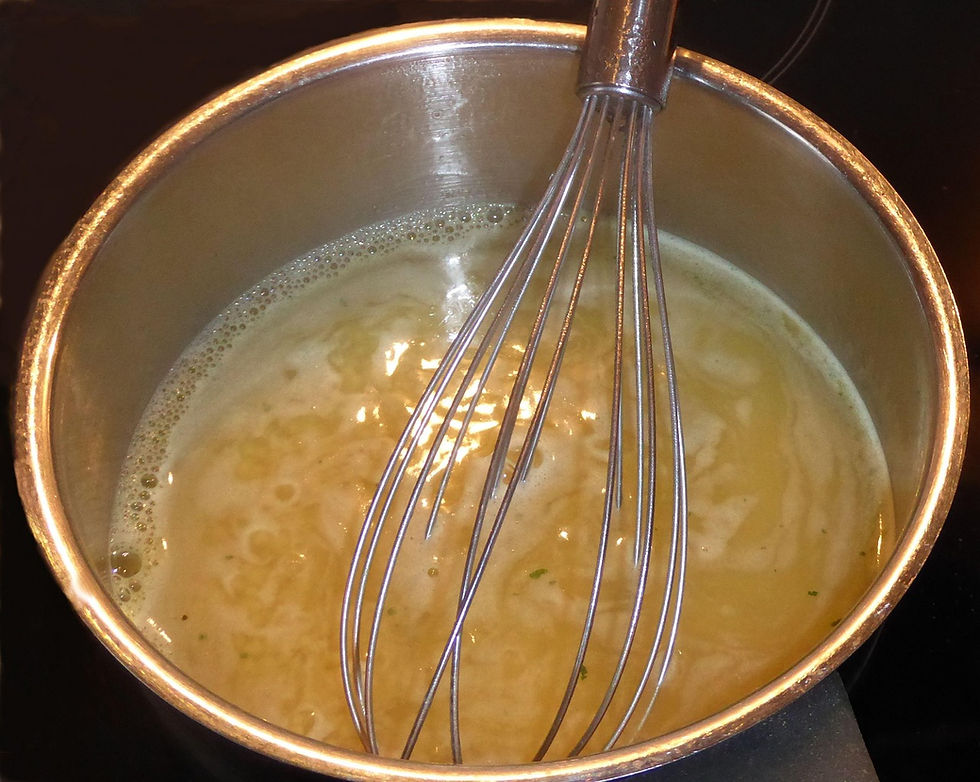The History of Bone Broth vs. Vegetable Broth
- Kellen Day
- Jun 20
- 3 min read

From the hearths of ancient civilizations to today’s minimalist kitchens, broths have long held a place of honor as both sustenance and remedy. Yet, the debate between the rich, gelatinous depth of bone broths and the bright, vegetal essence of vegetable broths has simmered for centuries. In this storytelling journey, we’ll trace the evolution of both, explore their gut science virtues, and see how each has shaped the practice of soup cleansing.
Ancient Beginnings: A Tale of Two Traditions
Bone Broth Origins
Early records from China and Mesopotamia (around 2500 BCE) describe simmering animal bones for hours to extract every last drop of flavor and nutrition. These broths were prized for their high collagen and gelatin content, believed to aid in wound healing and support overall vitality. Greek physician Hippocrates later recommended bone-based decoctions for convalescents, laying a foundation for the medicinal reputation of bone broth.
Vegetable Broth Heritage
Meanwhile, peasant cultures across Europe and Asia turned to foraged greens, roots, and herbs, simmering them into clear, flavorful liquids. Vegetable broths were accessible, inexpensive, and adaptable to seasonal harvests. Monastic communities in medieval Europe used these broths as both a fasting aid and a humble luxury when meat was scarce.
Bone Broth vs. Vegetable Broth: Origins and Evolution
As trade expanded, so did the variety of broth recipes. Spices like turmeric and ginger were introduced to vegetable broths along the Silk Road, while bone broths developed regional twists—think Korean seolleongtang or Vietnamese pho. By the 19th century, French culinary masters had elevated stock-making to an art, distinguishing clear consommés (refined vegetable or light meat stocks) from intensely flavored bone stocks.
Modern Revival and Gut‑Science Insights
Fast‑forward to today: bone broth has resurged in wellness circles for its gut‑healing promise. A recent review highlights that bone broth’s abundant amino acids and minerals—released during long simmering—fortify intestinal barrier integrity and may reduce permeability and inflammation. In contrast, vegetable broths provide a wealth of polyphenols, vitamins, and soluble fiber that fosters microbial diversity and offers gentle nourishment for the mucosal lining.
Gut-Health Fact
Collagen and gelatin from bone broth provide glutamine and glycine—amino acids known to support gut barrier function and help prevent “leaky gut,” a condition linked to chronic inflammation.
Nutritional Profiles Compared
Component Bone Broth Vegetable Broth
Collagen/Gelatin High (from bones, tendons) None
Amino Acids Abundant Minimal
Vitamins & Minerals Low Moderate to high
Incorporating Both into Soup Cleansing
During a soup cleansing protocol, many practitioners alternate between bone and vegetable broths to harness complementary benefits:
Days 1–3: Start with vegetable broth to flood your system with antioxidants and prebiotic fibers.
Days 4–6: Transition to bone broth to deliver reparative amino acids that soothe and rebuild the gut lining.
Day 7: Finish with a hybrid broth—simmer bones with a medley of vegetables and herbs for the best of both worlds.
Cultural Stories in Every Sip
Japan’s Torigara (Chicken Bone Broth): Served in rural inns to aid travelers’ recovery and promote longevity.
Mexico’s Caldo de Res (Beef Bone Broth): A postpartum staple believed to restore strength and balance postpartum hormones.
India’s Rasam (Spiced Vegetable Broth): A thin, tangy broth laced with tamarind and black pepper, used to stimulate digestion after heavy meals.
These narratives highlight how broths transcended mere nutrition to become cultural cornerstones.
Crafting Your Legacy
Whether you lean toward the mineral-rich warmth of bone broth or the vibrant clarity of vegetable broth, understanding the history of bone broth vs vegetable broth empowers you to customize your culinary and cleansing journey. Combine ancient wisdom with modern gut science: choose long-simmered broths for deep extraction, embrace seasonal produce for maximum phytonutrients, and sequence your broths to optimize both healing and flavor.
By celebrating both traditions, you honor millennia of human ingenuity—and give your gut the diverse arsenal it needs to thrive.










Comments